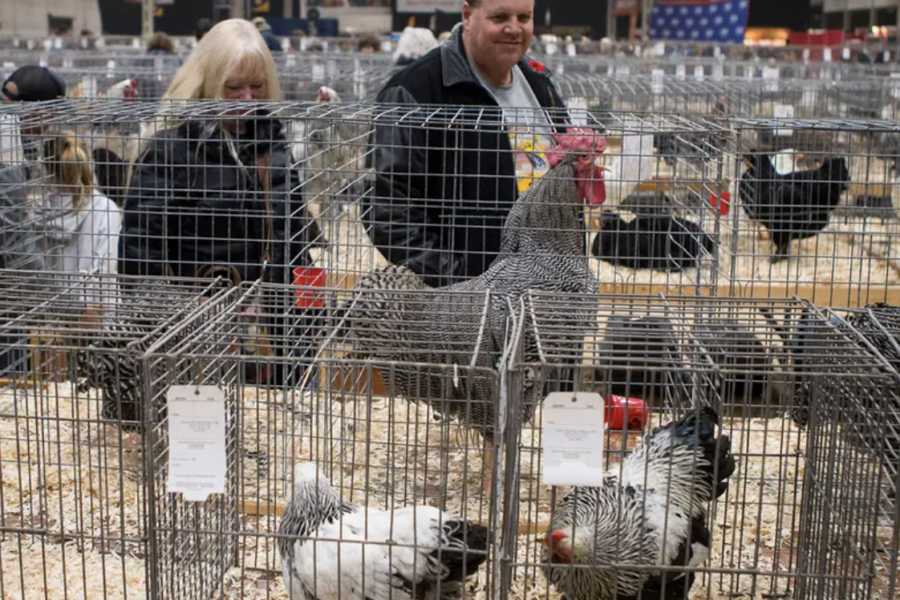MedPageToday Zoonotic disease threats are not just an “over there” problem.
COVID hit the U.S. while my partner and I were back home at a wedding in Kansas. At the time, there were a handful of cases on the coasts, but concerns about the new virus were drowned out by the busy reception full of hugs and Irish whiskey.
When we saw that dinner was buffet-style, we looked at each other and left the wedding — both of us quietly doing the math as hundreds of guests milled around the room. We settled instead into a far-away booth at a divey Mexican restaurant down the road. I didn’t realize then that this meal would be our last together for many months or that his work and mine were about to change and collide in ways I never expected.
He left early the next morning, concerned that his hospital and others like it were soon to be understaffed and overwhelmed. At the airport, he grabbed his backpack and kissed me on the cheek — 4 months went by and the world changed.
In that time, I took a job at Harvard leading a research project that aimed to scope and analyze the twisting chains of animal commerce that many believe ignited that change — and continue to drive zoonotic disease risk, both in the U.S. and abroad.
While he worked long hours in the COVID ICU, I poured over white papers and interview transcripts trying to understand the forces that push and pull pathogens across the globe and the pathways of animal use that allow those viruses to spill over into humans. As the shape of the problem unfolded before us, our team began to make out the contours of something much larger, and perhaps much darker, than what we first imagined.
